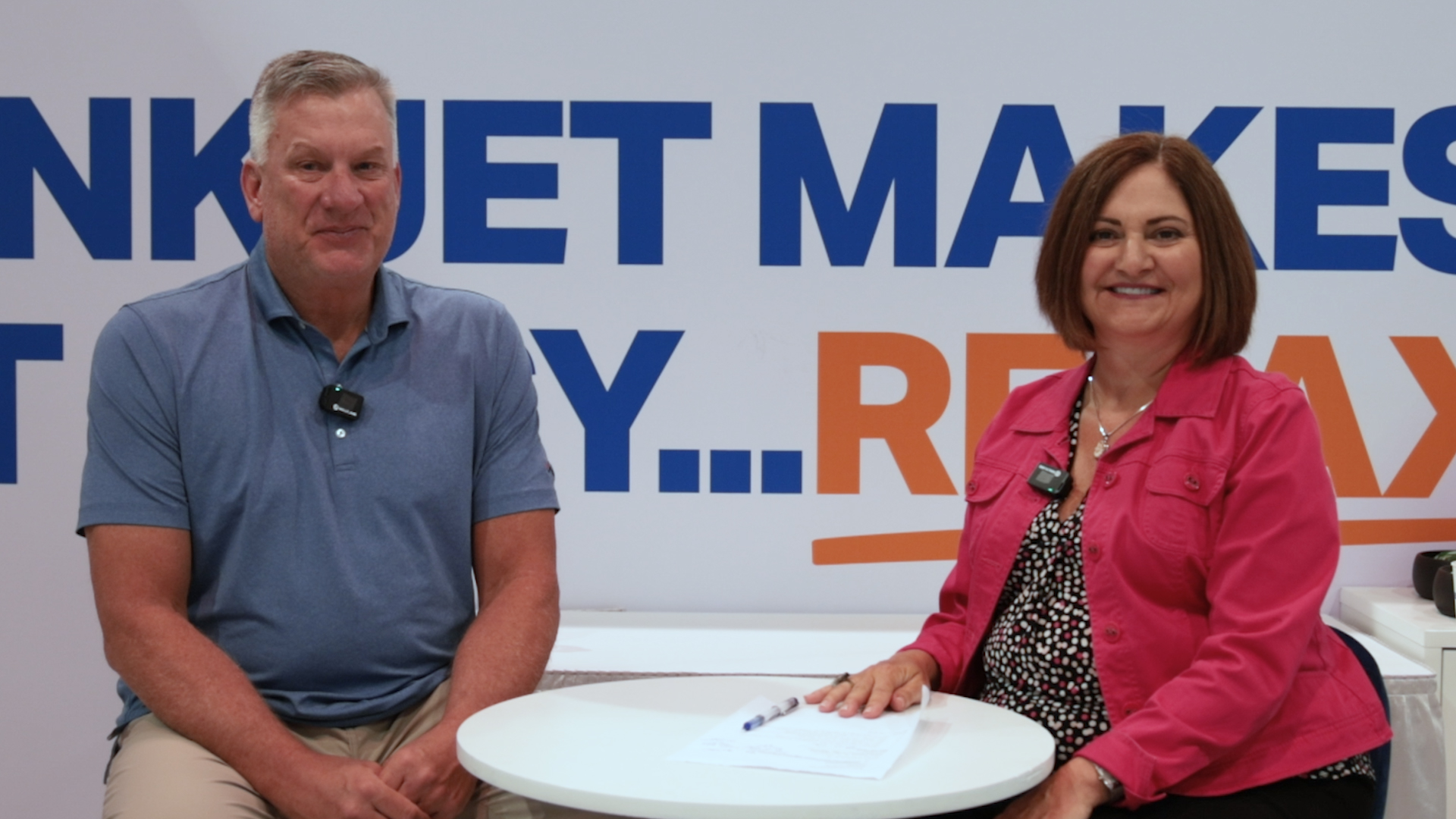Frank Rules
Frank takes the measure of the printing industry by talking about rulers. At one time, every print worker had a “pica pole” with them to confirm type measure and specs. Aprons had special slots for the many versions of rulers.
 Official camera partner of WhatTheyThink and the drupa daily. Video from drupa 2024
Official camera partner of WhatTheyThink and the drupa daily. Video from drupa 2024
Video Center
- Questions to ask about inkjet for corrugated packaging
- Can Chinese OEMs challenge Western manufacturers?
- The #1 Question When Selling Inkjet
- Integrator perspective on Konica Minolta printheads
- Surfing the Waves of Inkjet
- Kyocera Nixka talks inkjet integration trends
- B2B Customer Tours
- Keeping Inkjet Tickled Pink
© 2024 WhatTheyThink. All Rights Reserved.















Discussion
By Joe Treacy on Jun 16, 2023
Frank, I’m so glad to hear you talk about how those “waterfalls” of cascading cap E and other letter and figures meant to indicate point-size examples, never worked. I agree.
But the reason why that idea never worked goes deeper (and taller) than just “x-height”, since x-height only applies to the height of lowercase letters like a, e, or o measured from a typeface’s baseline.
One of the earliest fundamental decisions a type designer has to make when confronting a new design is how large they’d like the typeface’s look (and that of its entire type family, if there’s more than one weight or variety), to be “on the body”.
Or, how large within the entire em-square height of the typeface, often referred to colloquially as “the body” in this context.
A designer might want their type series to appear “large on the body”, as I decided with my widely used TFForever® series. The capitals and figures are larger in size within the overall em-square height.
That provides for a more modern, engaging, emphatic look. And simply starting with that has led typefaces (fonts) by my foundry Treacyfaces.com to become preferred for their more modern and more emphatic “set,” or appearance in finished composition. It creates a look that can positively support emotionally-driven advertising, for example.
Especially compared to older designs that are “smaller on the body” because their designers decided to make their design more oldstyle, conservative or neutral-looking by keeping the cap height and figures smaller.
So, when those ruler designers started with a cap E waterfall as a point-size indicator, they were mistakenly telling those gauge users that the E they used (typically from Helvetica or News Gothic) matched any typeface that the copyfitting user on deadline might happen to select from a specimen book. And that wasn’t true.
Starting with E or H looks great, and starts to provide a fun visual waterfall to break up the graduated monotony of the pica pole. And, interesting for newcomers to graphic design or trade typesetting.
But it was just a bad starting point, because nearly every foundry created their typefaces larger or smaller on the body. (And still do.)
In my experience doing manual copyfitting, it just never matched what I needed to do in the moment, so I just ignored every one of those waterfalls.
By the way, since you teased the video with “pica pole”, and since that’s one of the most colorful typographic phrases public users would’ve encountered during those manual copyfitting and newspaper article or ad height measuring days, I’d enjoy knowing the history of “pica pole”. Who came up with that slang, and when?
Thanks. Great video!
By Gordon Pritchard on Jun 16, 2023
The rulers were popular as advertising media for the printer. There are some examples here: https://the-print-guide.blogspot.com/search?q=rulers
By Dov Isaacs on Jun 16, 2023
And of course, there is a question as to when a “point” is not a “point?”
With the advent and increased usage of PostScript (and PDF which just celebrated its 30th anniversary yesterday) as well as software based on those imaging models, the official size of the “point” changed from 0.013837 inch to 1/72 inch. Assuming one is not using the metric system, there are now exactly 72 points per inch and with 12 points per pica, exactly 6 picas per inch. Believe it or not, there is still an option to change “Point/Pica Size” from 72 points/inch (PostScript), the default, to 72.27 points/inch (Traditional). Personally, I've never encountered anyone over the last thirty-something years who has changed that default setting.
Of course, given that the topic of the video was rulers, the question is at what point (pun obviously intended) were rulers changed to reflect 72 points/inch (and 12 points/pica resulting in 6 picas/inch)? I personally have a metal ruler from Moore Business forms (probably from the 1980s) that has rulings in 1/10 inch as well as 1/12 and 1/6 inch.
By Bryan Gordon on Jun 19, 2023
Frank: Thanks for the trips down memory lane. You are showing us all the rulers, pica poles, proportion wheels, and the like you have at the museum and it was great. I still have all those rulers going back to the 1960's when I started acquiring them. I always thought the notch or "T" head on the pica pole was to be held against the body of the type character when measuring it. Can you imagine how much fun you could have, dragging a chase across the stone with a pica pole when the quoins are loose inside the chase? Kept those great videos coming.
Discussion
Only verified members can comment.